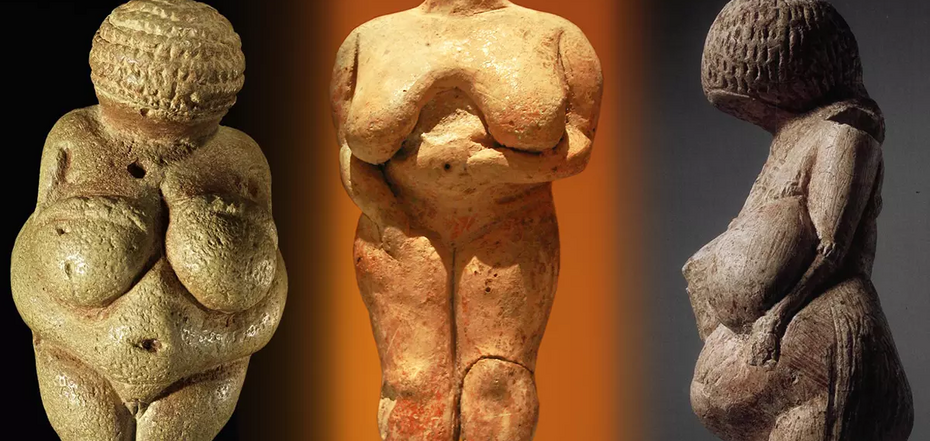News
Scientists found out why Stone Age females had curvy body shape
Scientists have unraveled the secret of the origin of the Venuses, the curvaceous female figures considered to be one of the oldest works of art.
According to the BBC, researcher Richard Johnson and his colleagues from the University of Colorado refuted the hypothesis that our ancestors suffered from severe obesity.
"These mysterious figures were created during the time of hunters and gatherers of the Ice Age. What kind of obesity can we be talking about?" he said.
According to scientists, the figurines were a symbol of survival during the period called the Last Glacial Maximum (LGM). It was a period of maximum cooling during the last ice age when global temperatures dropped significantly and large areas were covered by glaciers.
"During this period, people faced a sharp drop in temperatures and advancing glaciers. They were threatened with starvation, a sharp decline in population, and in some places, complete extinction," the researchers noted.
They took measurements of the figures' body parts and then found out how far they were found from the ancient glaciers. A surprising relationship emerged.
"The greater the distance to the glacier, the more gaunt the figures were. As the glaciers advanced, the shapes became more magnificent; as the climate became milder and the glaciers retreated, the Venuses lost weight again," the authors of the study writes.
They suggested that these statuettes became a symbol of survival in difficult times when an extra layer of fat was a good defense against cold and hunger.
"The figurines were the ideal image of a woman capable of conceiving, bearing, giving birth, and feeding a child," the scientists emphasized.
Most of the currently known Venuses figurines, named after the Greek goddess of beauty, were carved at the end of the Stone Age 21-26 thousand years ago. They were found in large numbers in different parts of Europe and Asia. More than 200 copies are known in total.



























